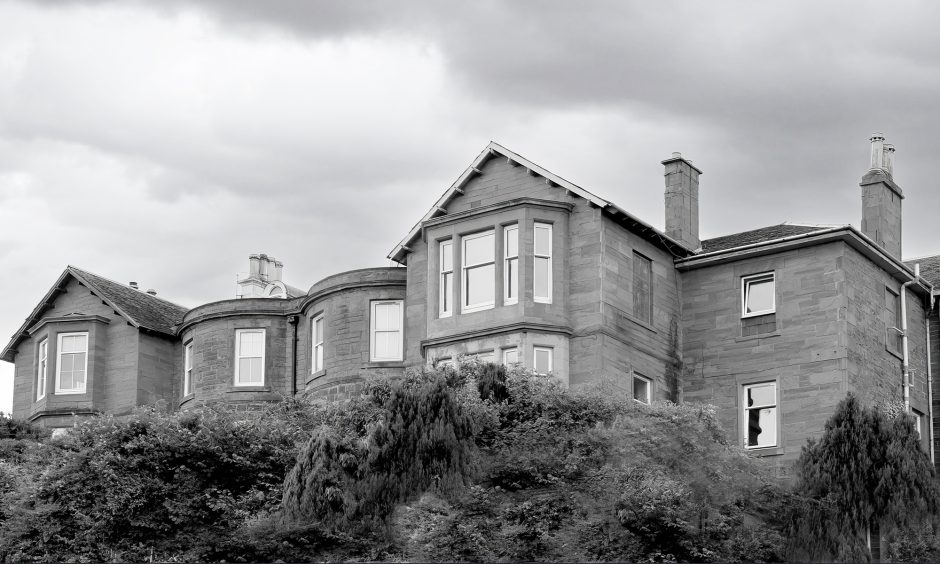
St Margaret’s is the “beautiful and commanding villa” with links to 19th Century heroine Grace Darling and the penny black stamp.
Prosperous business tycoons built their mansions in Broughty Ferry, which was once regarded as the richest square mile in Europe.
St Margaret’s is one of the earliest surviving villas.
It is a bit of a hidden gem.
Of Mansions & Mariners – the tale of Broughty Ferry by Callum Webster and Craig Muir chronicled the stories of the house’s inhabitants through the ages.
Callum and Craig found plenty of surprises.
St Margaret’s dates from the late 1830s.
The area has an interesting history prior to that.
The fishing village became a seaside resort
At the end of the 18th Century Broughty Ferry was a small fishing village of less than 400 people.
Fishermen occupied cottages in the lanes and alleys off Fisher Street with their boats straddling the beach.
A dozen or so families dominated this close-knit community.
The local fleet caught whitefish such as haddock, sole, cod, whiting and plaice in coastal waters off Angus and Fife as far as the Bell Rock.
“Local landowner Charles Hunter of Burnside triggered further development of the area after publishing a feu plan for a new town at Broughty Ferry in 1801,” said Callum.
“The mathematician Sir James Ivory assisted with its preparation and streets were laid out in gridiron pattern.
“The present-day town centre developed around this.
“Colonel Hunter was an admirer of the Royal Navy and named the thoroughfares after naval battles including Camperdown Street, St Vincent Street, and Fort Street.
“Dundas Street commemorated Henry Dundas MP, treasurer of the Royal Navy and Secretary of State for War.”
The Ferry became the home of Dundee’s jute baron’s and merchant princes.
They built grand villas at the start of Queen Victoria’s reign.
Grace Darling became a national heroine
St Margaret’s was originally named Summerbank Cottage and was occupied by Thomas Adamson and his family by the 1841 census.
Mr Adamson owned a shipbuilding yard and worked in partnership with Peter Borrie, who operated the Tay Foundry in Trades Lane.
The two men built the steamship Forfarshire.
But fate saw her sailing into history and numerous Dundee bairns left fatherless.
Forfarshire was making her way to her home port from Hull with a mixed cargo of cloth, hardware and soap and around 60 passengers and crew in September 1838.
After experiencing engine problems, she ran into bad weather and eventually was wrecked on the Farne Islands off the Northumbrian coast.
Most of the passengers on board were drowned.
Local lighthouse keeper William Darling and his daughter Grace set sail in an open boat to rescue nine survivors at daybreak who were clinging to the rock.
When the story of the rescue came to light, The Times asked: “Is there, in the whole field of history or fiction, even one instance of female heroism to compare for one moment with this?”
An unprecedented amount of publicity followed.
Artists painted the scene and Grace Darling’s portrait.
There were demands for autographs and locks of her hair.
The story of one of England’s greatest heroines continues to resonate in Dundee.
Broughty Ferry link to world’s first stamp
Mr Adamson also constructed the paddle steamer Lass O’Gowrie.
After getting into financial difficulties, Mr Adamson was declared bankrupt and his shipyard closed with unfinished vessels being sold to his creditors.
Summerbank Cottage was put up for sale in June 1845.
It was described as a “beautiful and commanding villa” and “neat and commodious”.
The villa was acquired by Sir Edward Smith Lees as his retirement home.
Callum said: “He renamed it Blackrock House in memory of the house in Dublin of the same name in which he grew up.
“Sir Edward was a son of the Irish peer Baron Lees of Blackrock.
“Sir Edward was joint-secretary to the Postmaster General of Ireland.
“He appointed his brother as chief clerk to the Irish Post Office and awarded a family friend the contract to operate the mail coach from Limerick.”
Sir Edward subcontracted the Leinster postal road to his uncle, William.
“Facing allegations of nepotism Sir Edward was transferred to Edinburgh where he was appointed secretary to the Postmaster General for Scotland in 1831,” said Callum.
“During his tenure the penny black postage stamp was introduced to the UK.”
Sir Edward died in his armchair 14 months after he retired to Broughty Ferry.
St Margaret’s owner left a will of £11m
Blackrock House then became the home of Oliver Gourlay Miller.
A solicitor in Dundee, he changed career to operate a flax spinning plant.
He was described as a “man of great mental activity” and a “brilliant conversationalist” who possessed “an inexhaustible store of quotations”.
His son-in-law was killed while climbing Ben More on New Year’s Day 1874.
He slipped on a patch of frozen snow and hit his head on a rock.
He was 28.
Mr Miller emigrated to Canada.
“Blackrock House was extended with a wing to the east by the late-1850s, by which point it was the residence of textile manufacturer William Don,” said Callum.
“Mr Don was a director of Don Bros, Buist & Co, flax and jute spinners.
“The firm operated St James’ Works in Forfar and Ward Mills in Dundee.
“Mr Don renamed the villa St Margaret’s in honour of his wife, Margaret Birrell.
“He left an estate worth £11 million in today’s money.”
Jute baron’s son took up residence
After the departure of the Don family, St Margaret’s was acquired by George Washington Grimond and his wife.
A jute manufacturer, Mr Grimond grew up further along Camphill Road at the palatial mansion Carbet Castle.
His father owned Bowbridge Works in Dundee.
St Margaret’s had 20 windowed rooms by this stage.
Callum said: “Mr and Mrs Grimond employed a team of domestic servants.
“The housemaid, Agnes Mitchell, was Dundonian.
“The table maid, Agnes Nicoll, came from Monikie.
“Colossal wealth does not guarantee good health or longevity.
“Mr Grimond died of liver cancer aged 31.”
His widow, Kate Bowman, went on to marry William Gordon.
She moved to St Andrews but Kate continued to own St Margaret’s.
St Margaret’s was broken up by new owner
During the 1890s St Margaret’s was subdivided after being bought by James Gowans.
He was a GP.
A young ladies’ seminary was established in the east wing.
Mary Kydd and Mary Simpson ran St Margaret’s Boarding and Day School.
The seminary eventually relocated to Hill Street.
Both wings were sold after Dr Gowans died in 1917.
The east wing of St Margaret’s was bought by James Laird from Hill Road.
He began working life as a clerk with wine merchants John Robertson and Son Ltd and scaled the career ladder to become its managing director and chairman.
Meanwhile, the west wing was bought by the jute merchant Robert Pender Duff.
He was Glaswegian.
He patented a device for cutting squares of cloth.
St Margaret’s story is tale for the ages
Callum said: “Its apartments continue to change hands but St Margaret’s has adorned the hillside above Broughty Ferry town centre for almost two centuries.
“The oldest part of the mansion retains its double bow fronted Regency façade.
“Later wings look more Victorian.
“A decorative square tower stands at the back of the villa.
“In their original setting St Margaret’s and the neighbouring mansions of Loftus House and The Hermitage had gardens stretching all the way from Camphill Road to Queen Street.
“If houses could talk, St Margaret’s would have many tales to tell.”
- Of Mansions & Mariners is on sale now from Eduardo Alessandro Studios, Goodfellow & Steven’s Café, Troup’s Pharmacy and The McManus.
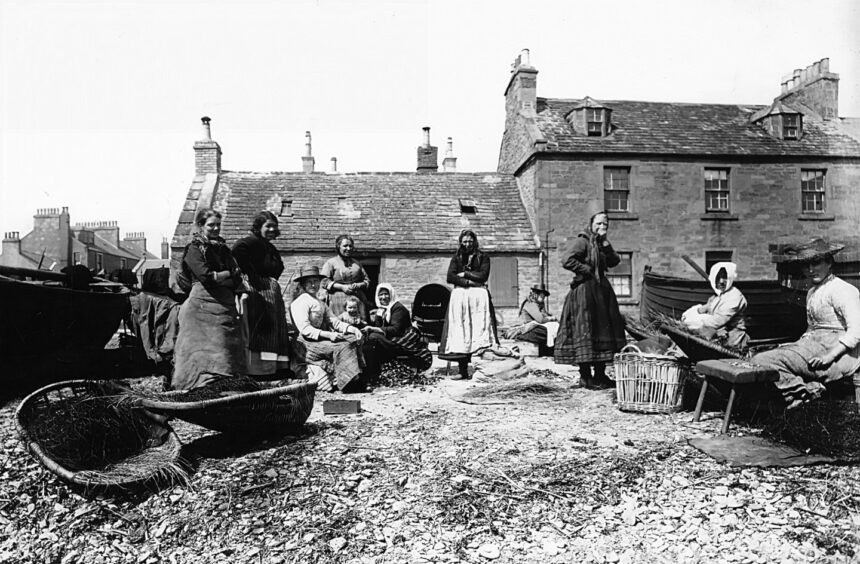
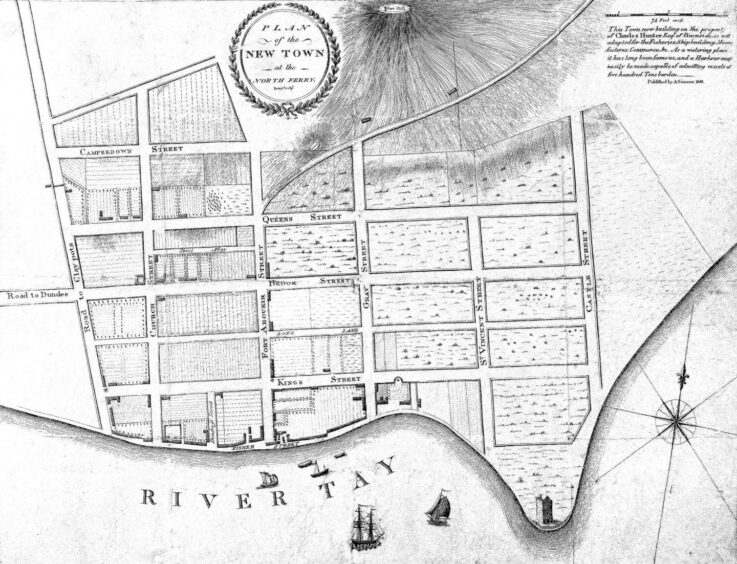
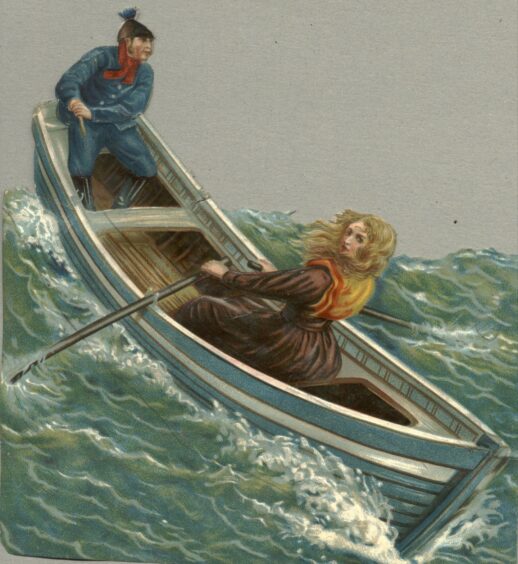
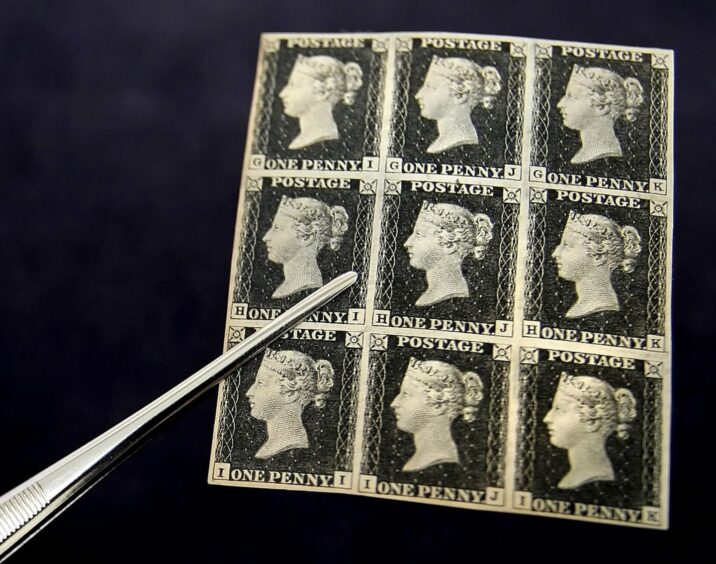
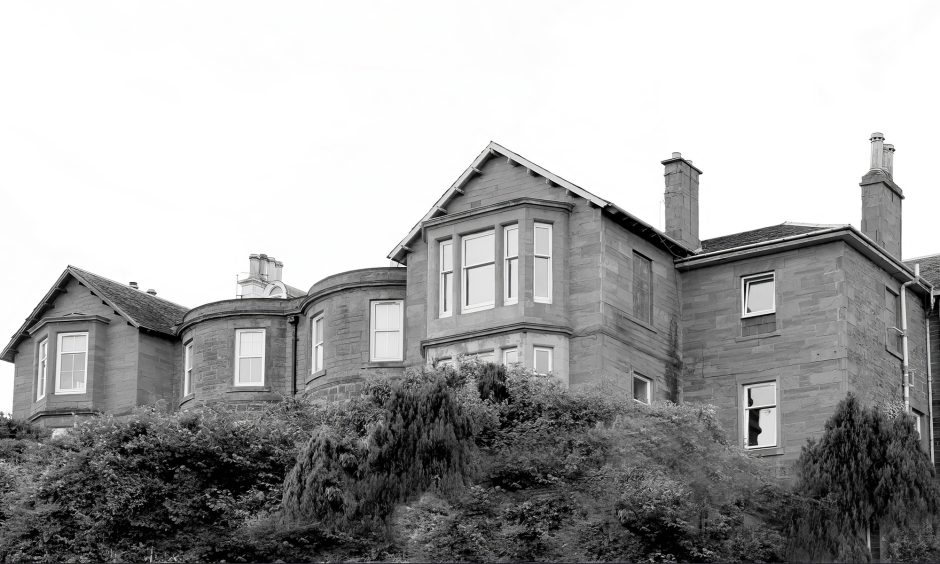
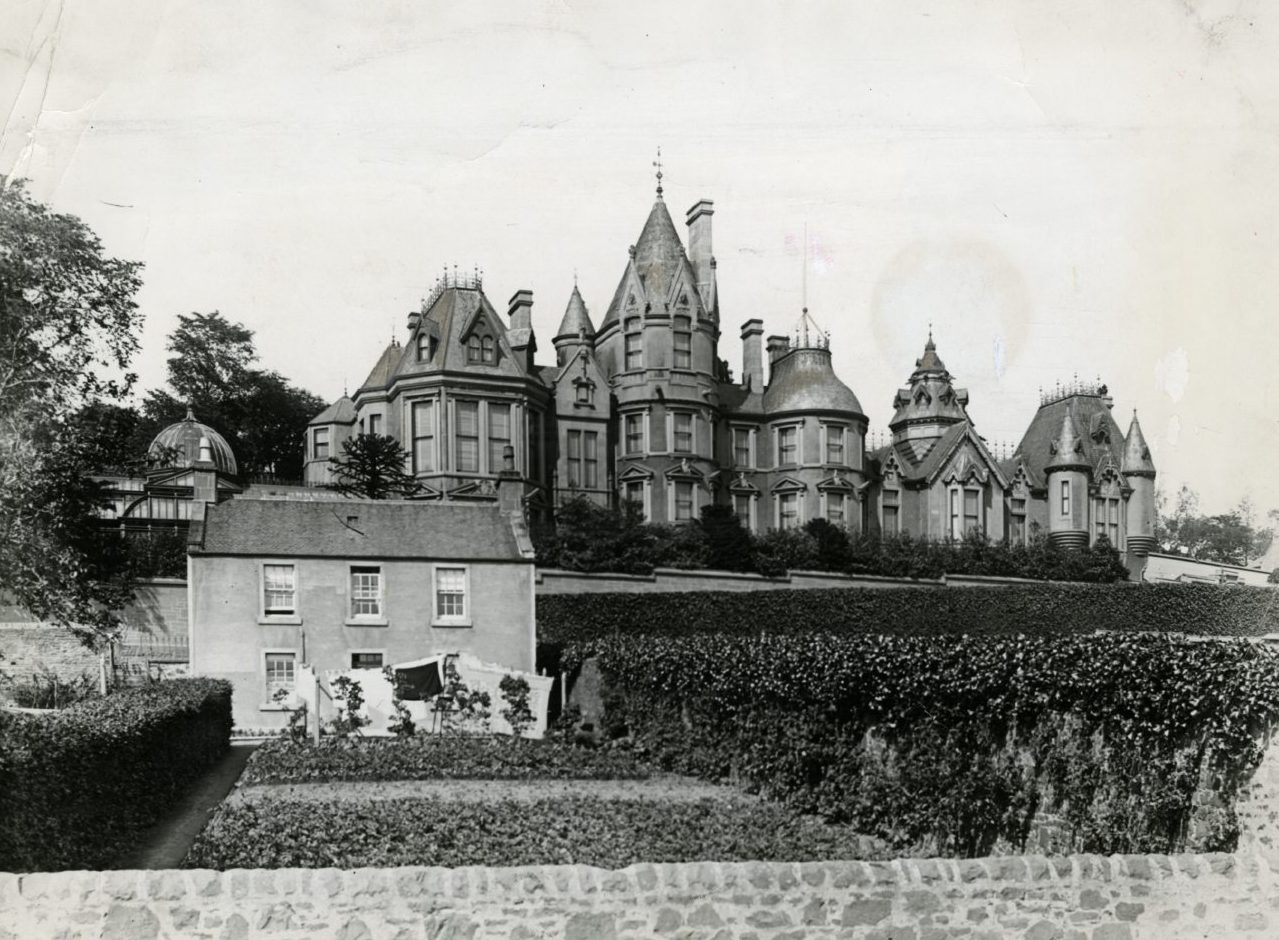
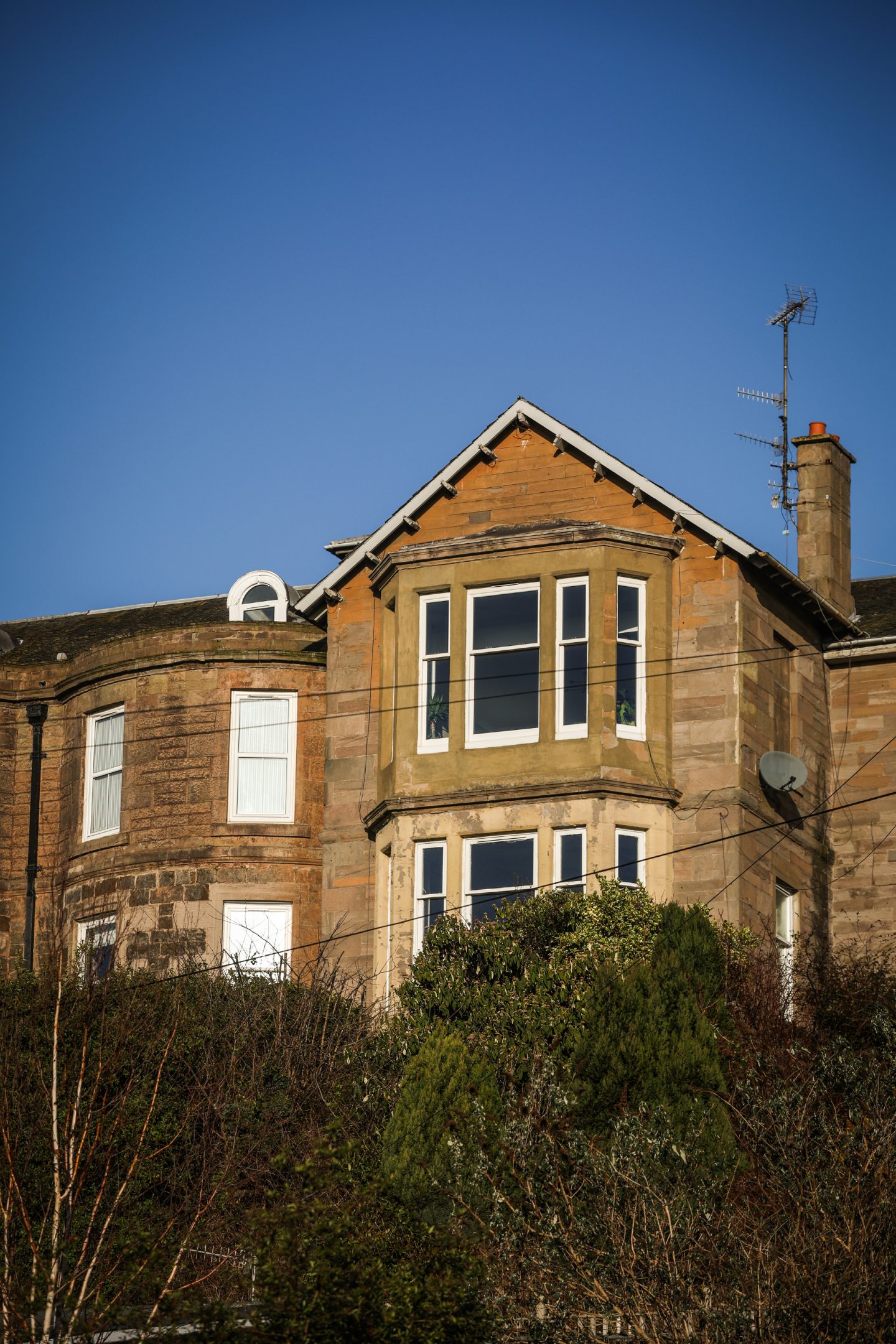
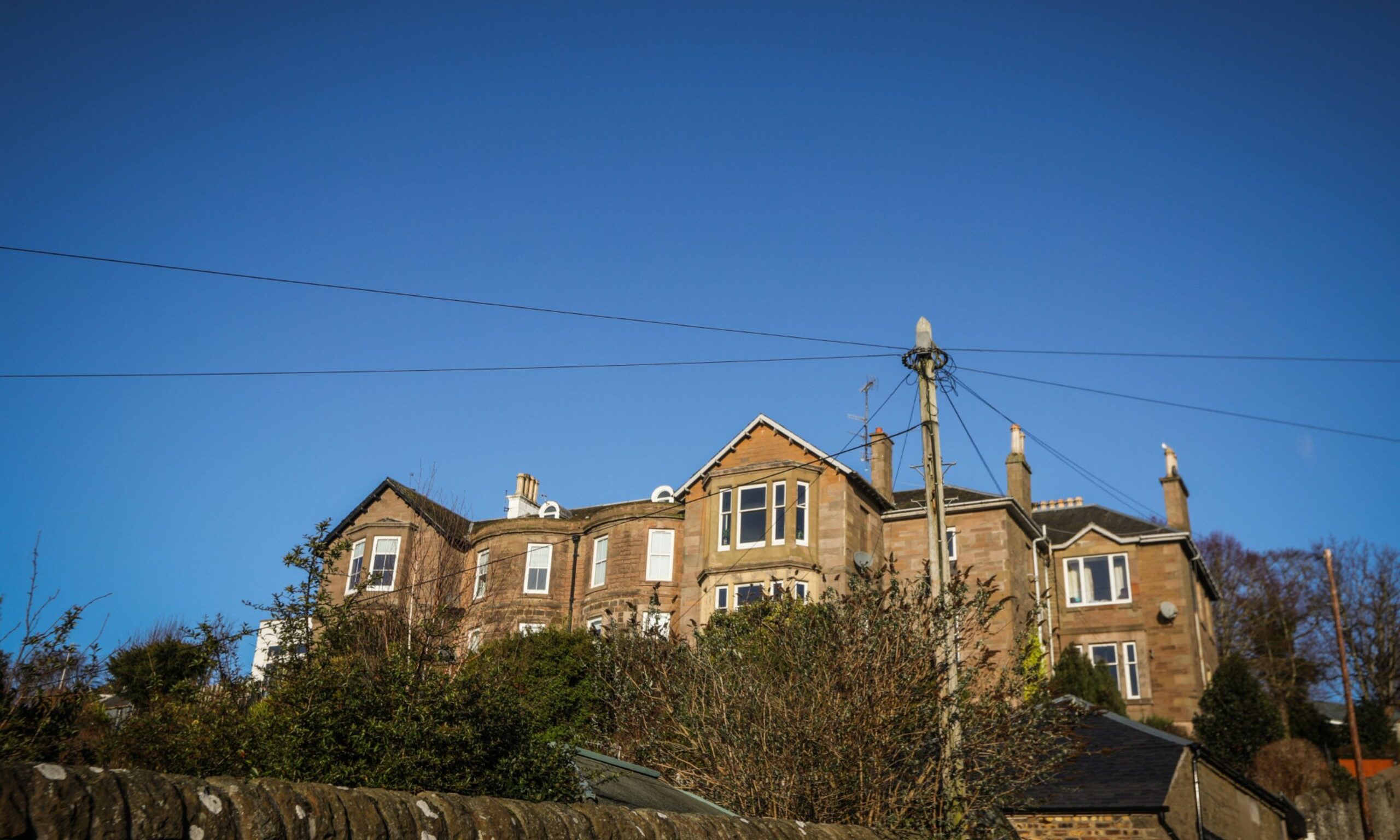
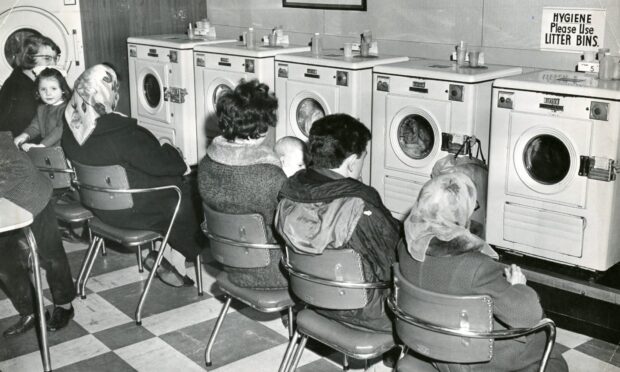
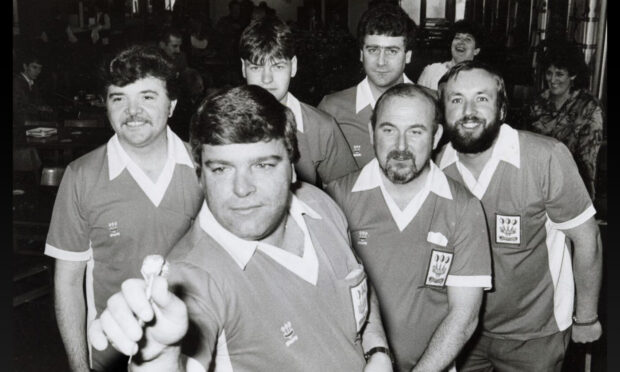
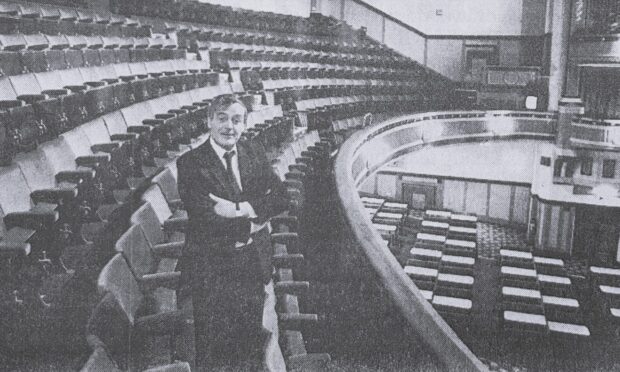

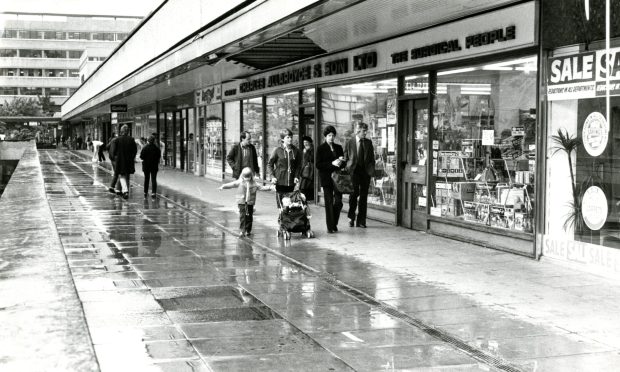

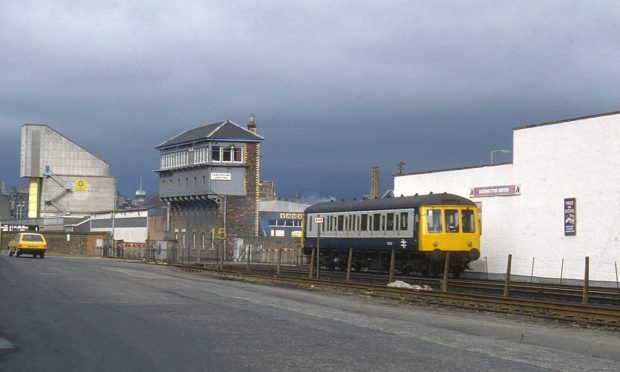
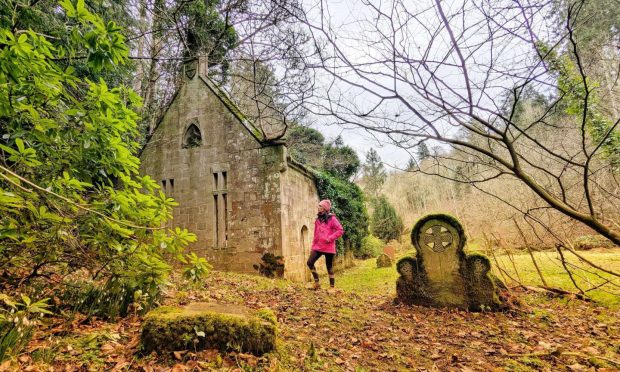

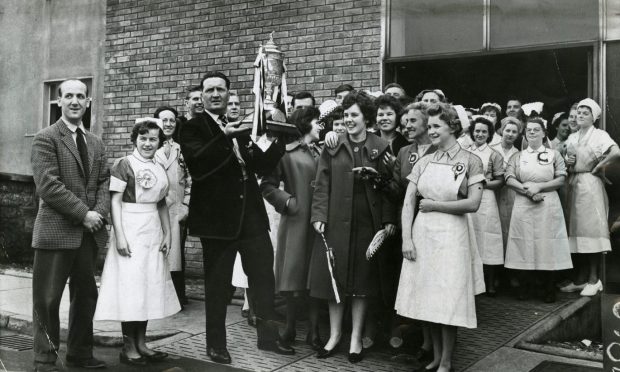
Conversation